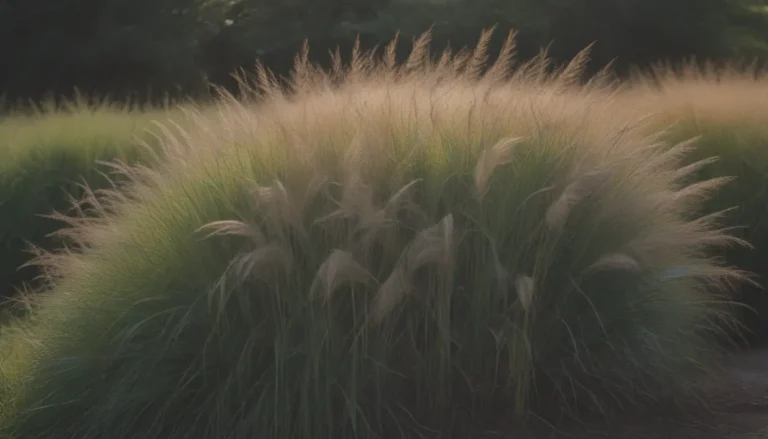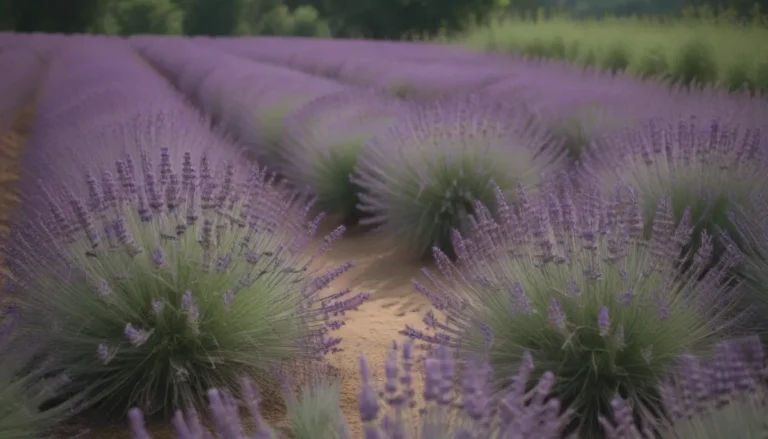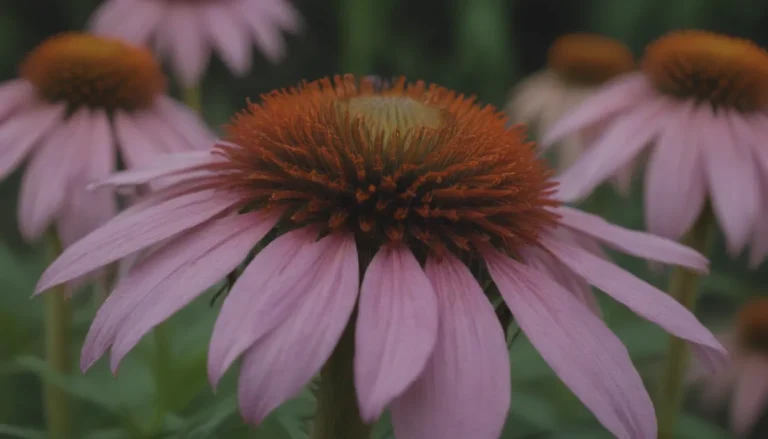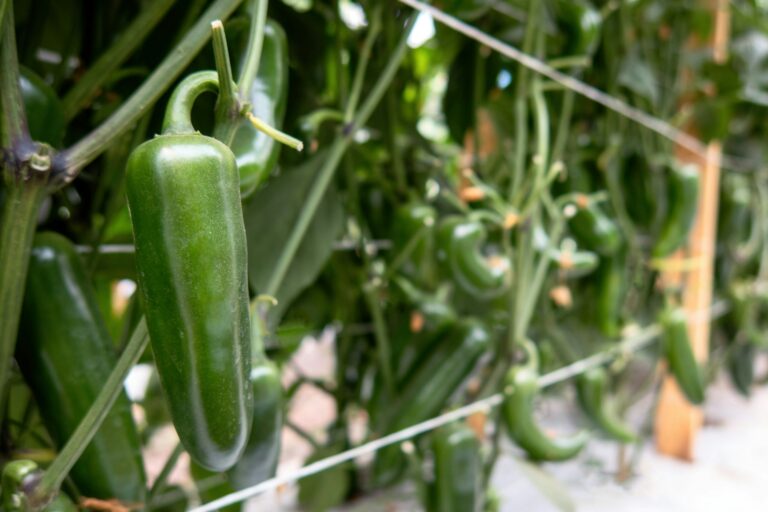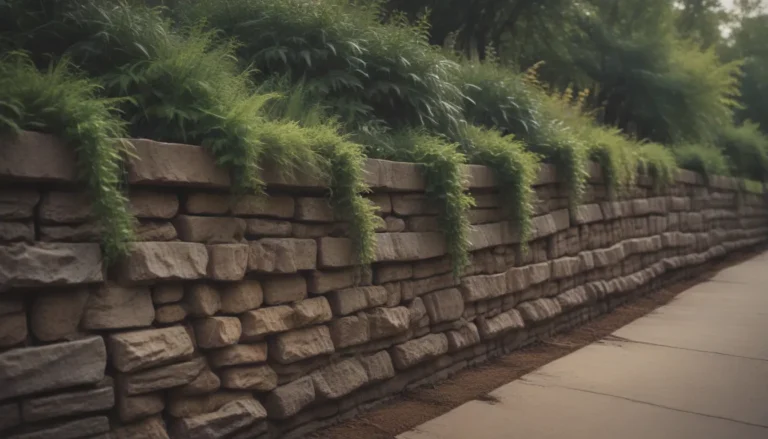The Ultimate Guide to Hanging Basket Flowers

Are you tired of your favorite garden flowers getting dirty after a heavy rain? Maybe it’s time to consider planting them in a hanging basket! Hanging baskets are perfect for flowers that are pendulous, top-heavy, or creeping, as they can be challenging to grow in a garden but look stunning at eye level or higher. Not only do hanging baskets elevate your flowers, but they also bring them closer to your senses, making it easier to appreciate their beauty and scent. In addition, hanging basket flowers can attract butterflies and hummingbirds, adding a touch of wildlife to your porch, deck, or patio.
Why Choose Hanging Baskets?
- Pendulous, top-heavy, or creeping flowers thrive in hanging baskets
- Flowers are at eye level or higher for easy viewing
- Flowers are closer to your senses, maximizing their beauty and scent
- Hanging baskets can attract butterflies and hummingbirds, adding wildlife to your space
Hanging Basket Flower Care Tips
Flowers in hanging baskets require special care to keep them looking their best. Here are some tips to help your hanging basket flowers thrive:
- Regular feeding with half-strength liquid fertilizer
- Daily misting for shade-loving flowers like fuchsias
- Diligent deadheading to prolong the beauty of your flowers
- Choose heat-tolerant varieties for hot climates
Now, let’s explore the top 10 best flowers for hanging baskets:
1. Begonia (Begonia boliviensis)
If you don’t have the right climate for fuchsias, begonias are a great alternative. The half-hardy Begonia boliviensis features tubular, pendulous flowers similar to fuchsias but can handle the heat and humidity of southern summers. Other tuberous begonias like the Nonstop Mocca series are fully double and resemble roses.
- USDA Growing Zones: Varies
- Color Varieties:
- Sun Exposure:
- Soil Needs:
2. Fuchsia
Fuchsias are perfect for gardeners living in cool, wet summers. Look for heat-tolerant varieties like ‘Astoria’, ‘Jupiter’, or ‘Surprise’ to keep your fuchsias thriving. Daily misting, regular fertilizing, and diligent deadheading are essential for maintaining the beauty of fuchsias in hanging baskets.
- USDA Growing Zones: Varies
- Color Varieties:
- Sun Exposure:
- Soil Needs:
3. Lantana (Lantana camara)
In frost-free areas, common lantana can become invasive, but the vibrant flower clusters make it a great choice for hanging baskets. Choose a small weeping variety like ‘Patriot Popcorn’ or ‘Patriot Rainbow’ to add tropical color to your space. Opt for a sterile variety like ‘Gold Mound’ or ‘Patriot’ if lantana is overly vigorous in your region.
- USDA Growing Zones: Varies
- Color Varieties:
- Sun Exposure:
- Soil Needs:
4. Lobelia (Lobelia erinus)
Lobelia erinus is a great annual plant for early spring, thriving in moderate temperatures. Its electric-blue flowers with white throats are a favorite among butterflies. Make sure to replace lobelias with heat-loving plants like million bells or lantana at the end of June.
- USDA Growing Zones: Varies
- Color Varieties:
- Sun Exposure:
- Soil Needs:
5. Million Bells (Calibrachoa; hybrid)
Million Bells, a cousin of petunias, is a great choice for hot climates. These plants produce little to no seeds and don’t require deadheading to stay in bloom. Ensure they have moist soil and full sun to keep your hanging baskets vibrant.
- USDA Growing Zones: Varies
- Color Varieties:
- Sun Exposure:
- Soil Needs:
6. Pelargonium (Pelargonium domesticum)
Pelargoniums, also known as geraniums, are ideal for hanging baskets with their bold texture and bright colors. Deadheading is necessary to keep these plants blooming until frost.
- USDA Growing Zones: Varies
- Color Varieties:
- Sun Exposure:
- Soil Needs:
7. Petunia (Petunia x hybrida)
Petunias have always been a classic favorite for hanging baskets, but there are tips to keep them looking their best. Try the milliflora variety for continuous blooms without the need for pinching. Add a white variety to your moon garden for extra allure.
- USDA Growing Zones: Varies
- Color Varieties:
- Sun Exposure:
- Soil Needs:
8. Portulaca (Portulaca grandiflora)
Portulaca, or moss rose, thrives in full sun, and its flowers close up in the shade. Pair it with other heat-loving, drought-tolerant plants like spiderwort to provide color between blooming cycles.
- USDA Growing Zones: Varies
- Color Varieties:
- Sun Exposure:
- Soil Needs:
9. Sweet Alyssum (Lobularia maritima)
Sweet Alyssum is a fragrant flower that attracts butterflies and bees. Its trailing habit may become shaggy, so don’t hesitate to give it a summer haircut to rejuvenate it.
- USDA Growing Zones: Varies
- Color Varieties:
- Sun Exposure:
- Soil Needs:
10. Lotus Vine (Lotus berthelotii)
Lotus Vine, also known as parrot’s beak vine, is a unique plant with flame-like flowers native to the Canary Islands. It requires daily moisture and excellent drainage to thrive.
- USDA Growing Zones: Varies
- Color Varieties:
- Sun Exposure:
- Soil Needs:
Spring is a popular time to plant flowers in hanging baskets, but you can also plant in the summer and fall. Remember to water your hanging baskets when the soil is dry to the touch, especially in hot weather. Water until you see water coming out of the bottom of the container to ensure your flowers have enough moisture.
With the right care and selection of flowers, your hanging baskets can be a stunning addition to your porch, deck, or patio. Experiment with different varieties to find the perfect combination for your space and enjoy the beauty and fragrance they bring to your home. Happy gardening!

